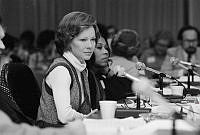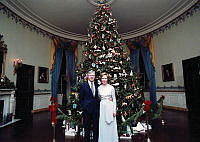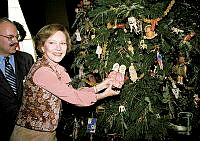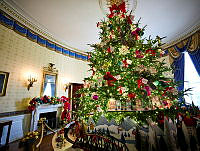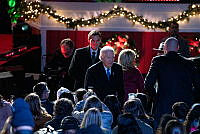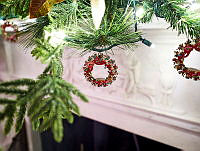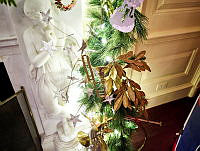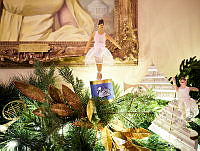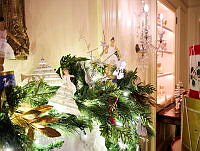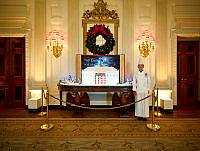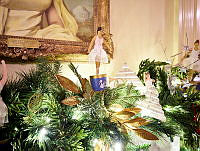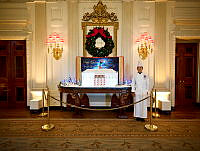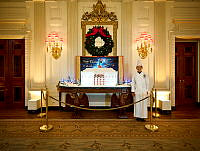Harriet Lane

Unique among first ladies, Harriet Lane acted as hostess for the only president who never married: James Buchanan, her favorite uncle and guardian after she was orphaned at the age of 11. And of all the ladies of the White House, few achieved such great success in deeply troubled times as this polished young woman in her twenties.
She was born on May 9, 1830 in the rich farming country of Franklin County, Pennsylvania where her family had prospered as merchants. Her uncle supervised her education in private school, completed by two years at the Georgetown Visitation Monastery in Washington, D.C. By this time Buchanan was secretary of state, and he introduced her to fashionable circles as he had promised. In 1854 she joined him in London, where he was minister to the Court of St. James. Queen Victoria gave “dear Miss Lane” the rank of ambassador’s wife; admiring suitors gave her the fame of a beauty.
After the sadness of the Pierce administration, the capital eagerly welcomed its new “Democratic Queen” in 1857. Harriet Lane filled the White House with gaiety and flowers, and guided its social life with enthusiasm and discretion, winning national popularity.
As sectional tensions increased, she worked out seating arrangements for her weekly formal dinner parties with special care, to give dignitaries their proper precedence and still keep political foes apart. Her tact did not falter, but her task became impossible—as did her uncle’s. Seven states had seceded by the time Buchanan retired from office failing to halt the pending Civil War, and returned with his niece to his spacious country home, Wheatland, near Lancaster, Pennsylvania.
She chose, with her uncle’s approval, Henry Elliott Johnston, a Baltimore banker. Within the next 18 years she faced one sorrow after another: the loss of her uncle, her two fine young sons, and her husband.
Thereafter she decided to live in Washington, among friends made during years of happiness. She had acquired a sizable art collection, largely of European works, which she bequeathed to the government. Accepted after her death on July 3, 1903, it inspired an official of the Smithsonian Institution to call her “first lady of the National Collection of Fine Arts.” In addition, she dedicated a generous sum to endow a home for children at the Johns Hopkins Hospital in Baltimore. It became an outstanding pediatric facility, and its national reputation is a fitting memorial to the young lady who presided at the White House with such dignity and charm. The Harriet Lane Outpatient Clinics serve thousands of children today.




















